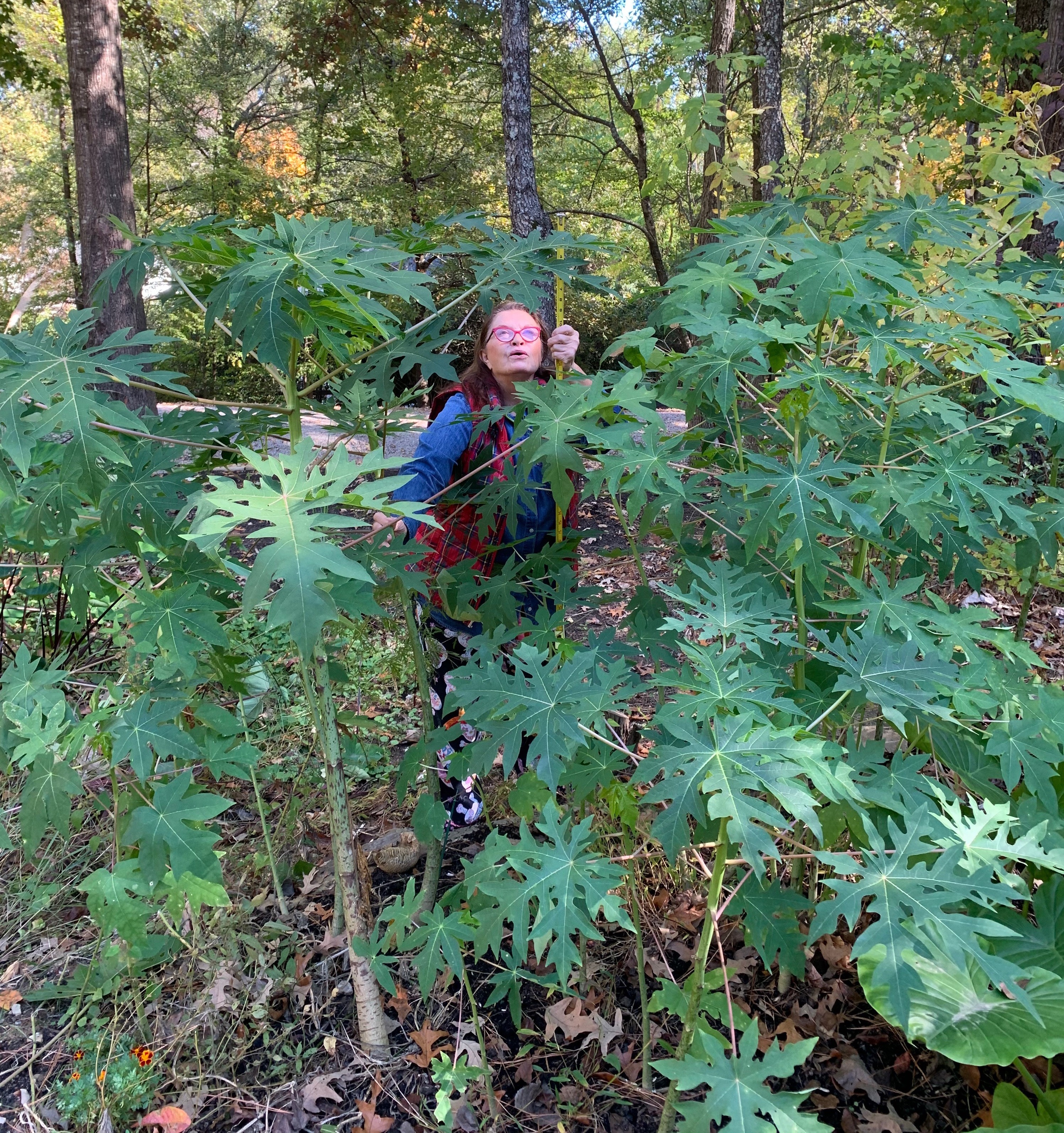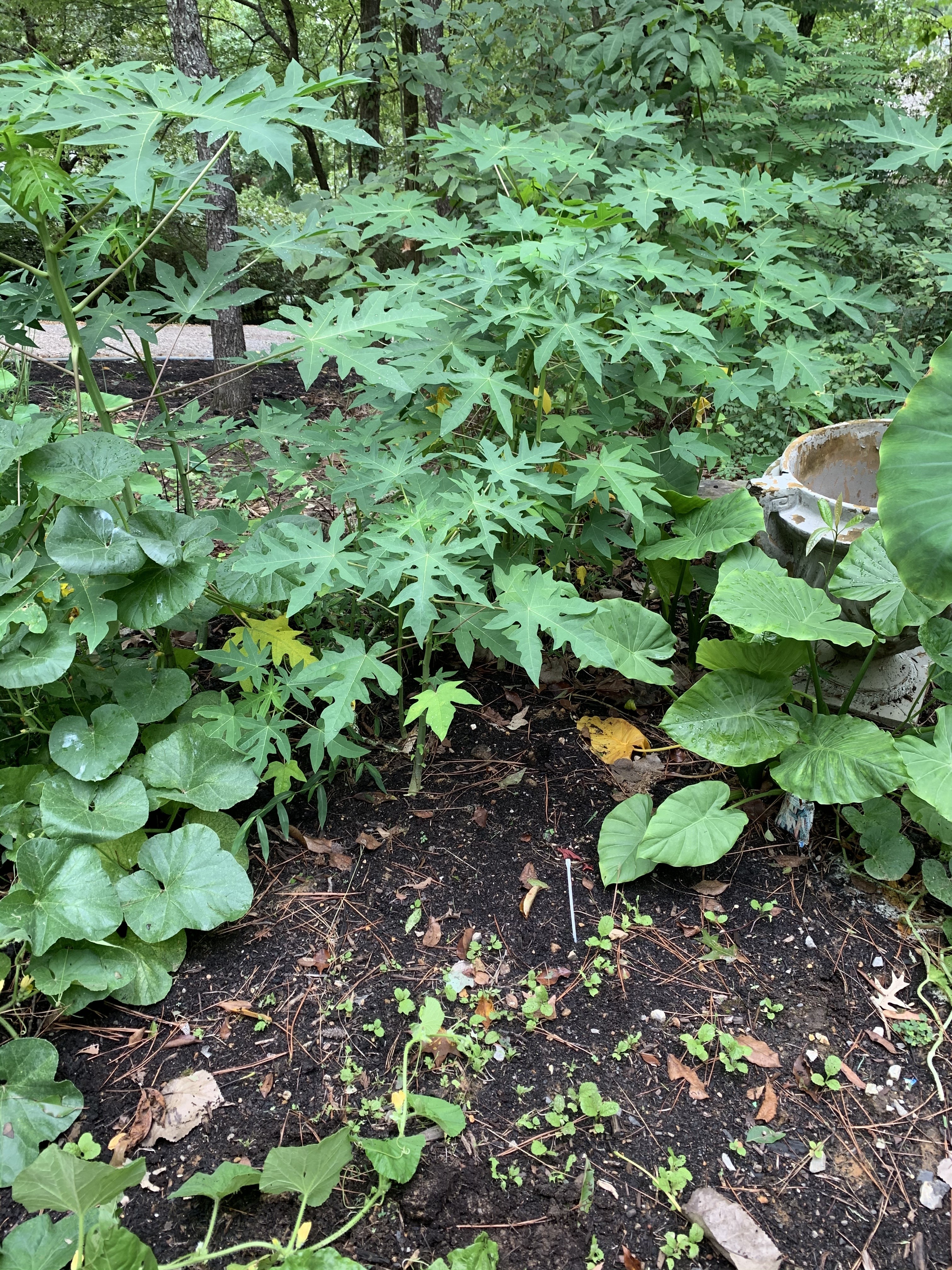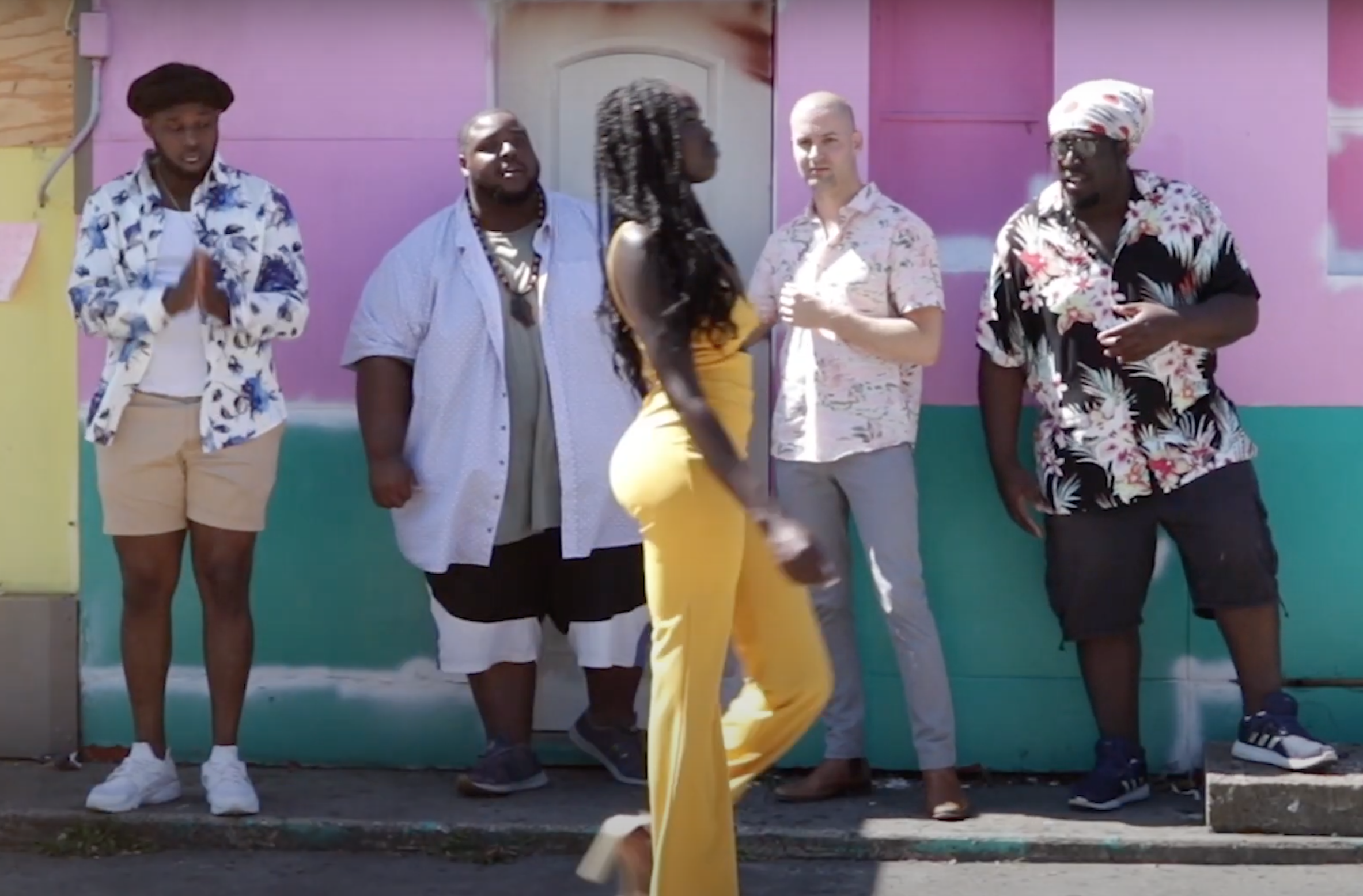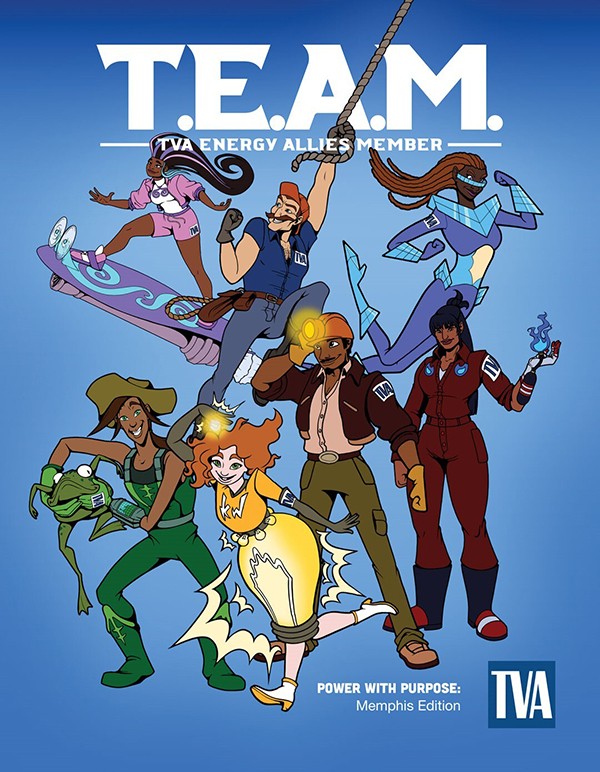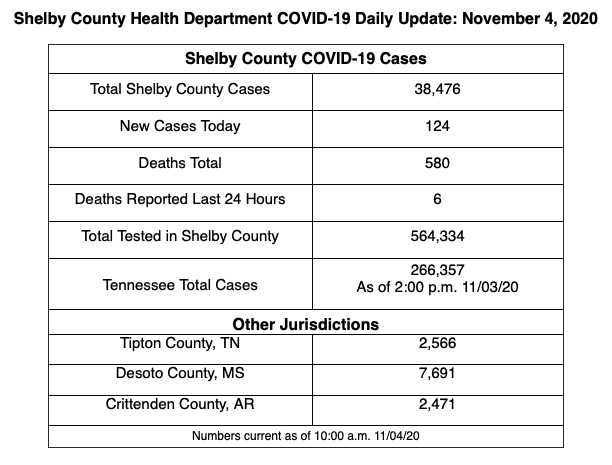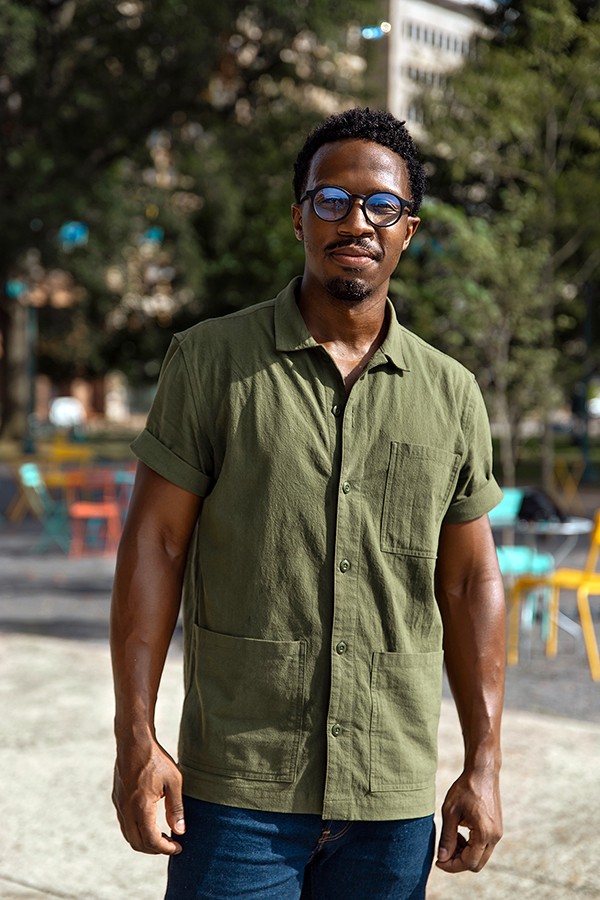This Election Day has been a long time coming.
For months, it has beckoned, a distant light at the end of the weirdly dark tunnel that has been the Year of Our Lord 2020. The past few weeks have been a blur of debates and non-debates, of rumor and accusation, of Joe Biden’s modest masked rallies and events, and of President Trump’s unmasked and unbridled traveling sideshows, where several times a day the president unleashed a blitz of lies, threats, complaints, whines, conspiracy theories, and rambling stories to crowds around the country. Given Biden’s favorable polling, Trump’s performances seemed less a strategy for winning new votes than an airing of grievances to his die-hard base.
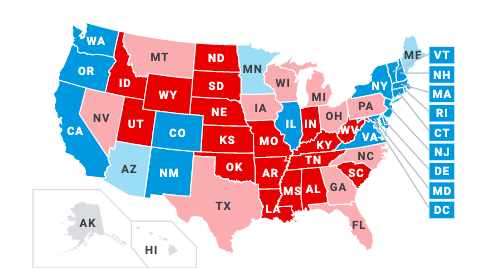
But now, the fateful day is here, almost over, in fact. Millions of votes remain to be counted as I write this, but we are going to press at midnight with what we know now — and what we know now is that we have more waiting to do. The totals will be coming in for a couple of days in some states, longer in others.
We’d like to think that the American people have rejected this toxic presidency, this tragic mistake we made in 2016, but we don’t know yet. We do know that President Trump will do his best to sow chaos and unrest in the coming days, win or lose. Buckle up.
And Trump will remain in office (win or lose) until January, so there will be at least a couple more months of chaos and drama, of tweeting and conspiracy theories, and who knows what other kinds of outrages. But while we wait, we should be taking stock of how these past four years happened, how the vaunted American system of checks and balances fell apart like a cheap suit under the duress put upon it by Trump.
We’ve learned that there are intrinsic flaws that can be taken advantage of if a president just ignores the law. This is especially true if he or she is enabled by a compliant majority in either house of Congress or, as has been the case recently, by a politicized Department of Justice. The system is only as good and as honorable as the people we elect to run it.
The U.S. attorney general, for example, was intended by the Constitution to be the steward of justice and law enforcement for the people of this country, a person who would tell the president the truth and stand up for the rule of law. President Trump didn’t see it that way, and after trying several candidates who were insufficiently mewling, finally found one in Bill Barr who would supplicate himself and do Trump’s bidding like a Mafia capo. This should never happen again, whether the president is Republican or Democrat.
Under President Trump, most departments of the U.S. government have been politicized. The Education Department is being run by a woman with no education background who is in the pocket of privatized education, and who had never even been in a public school before taking office. The Centers for Disease Control, once an incorruptible and reliable fount of scientific data and medical guidance, has been turned into a disinformation and propaganda agency, forced to bury scientific data or alter it to suit the president’s agenda on COVID-19.
The State Department, once a bastion of statecraft and international diplomacy, is now merely another arm of the Trump political machine, with Secretary of State Mike Pompeo offering political speeches from around the globe, with trusted allies thrown aside, and dictatorial regimes propped up and stroked at the president’s bidding.
The U.S. Postal Service, a department with one job — getting Americans their mail, their medicine, their checks, their letters from loved ones — has become another political weapon, its services and workforce intentionally slowed or reduced in efficiency to serve the Trump agenda of keeping legitimate votes from reaching their destination on time. This cannot stand or be allowed to happen again.
I could go on. The Treasury, Energy, and Interior departments are run by lobbyists in the pocket of those they’re supposed to be regulating. Even the military has been politicized, used as backdrops for political rallies.
But there’s more to address: the suppression of votes — by gerrymandering, by reducing the number of voting places, by arbitrarily cutting voting rolls, by limiting the number of drop-boxes, by unnecessarily rigid voter ID laws that don’t accept student IDs but will take a gun permit. And don’t get me started on that quaint little Emoluments Clause.
So much to be done. So much to fix. This newly elected Congress and Senate have a heavy lift ahead, whether or not Trump manages to win re-election. But there is perhaps a new dawn of sorts on the horizon, and for that, at least, we can give thanks.
And now we wait. The hardest part.
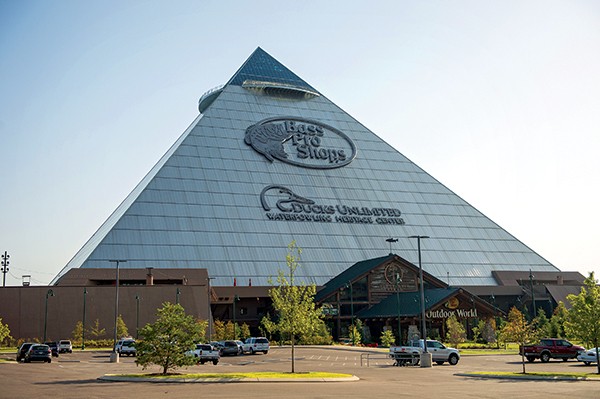
 Courtesy Torchy’s Tacos
Courtesy Torchy’s Tacos 